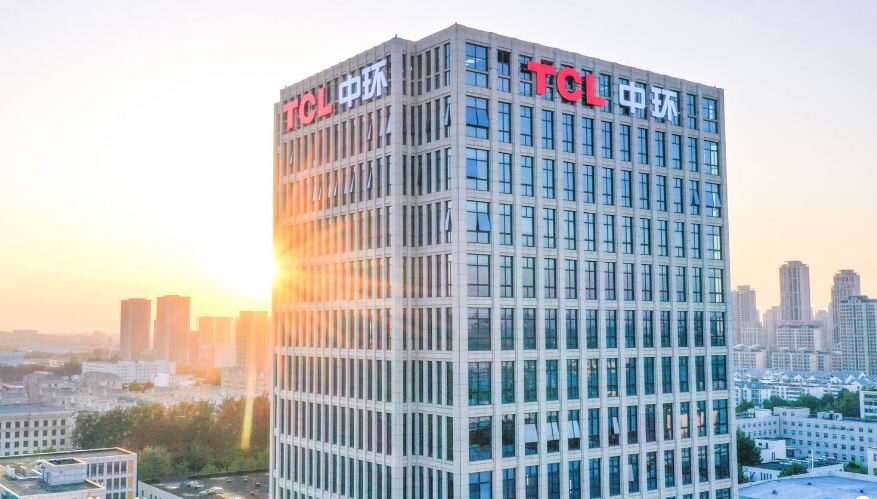Singapore-based startup Singfilm Solar, a spin-off of the National University of Singapore (NSU), announced it achieved a power conversion efficiency of 22.6% for a perovskite solar panel.
The result, which was also included in Version 64 of the “solar cell efficiency tables” in Progress in Photovoltaics, was confirmed by China's National PV Industry Measurement and Testing Center (NPVM). “These modules employ a p-i-n structure, in which the p-type hole-transporting layer is positioned at the bottom, directly beneath the intrinsic perovskite layer, and the n-type electron transport layer is at the top,” the company's CEO and founder, Hou Yi, told pv magazine.
The design of the mini modules includes eight sub-cells connected in series on a 55 mm × 55 mm substrate. “The width of each sub-cell has been meticulously optimized to 5.6 mm to ensure a high fill factor, which is crucial for achieving high overall efficiency,” Yi added. “Each sub-cell within the module demonstrates impressive performance metrics with an open-circuit voltage of 1.169 V, a short-circuit current of 25 mA/cm², and a fill factor of 77.4%.”
The solar cells used for the panel rely on the company's proprietary quasi-mono industrial preparation technology, which reportedly enables high-throughput continuous production on large rigid and flexible substrates. “Accelerated aging tests have confirmed the commercial product’s durability, establishing Singfilm’s commercial-sized perovskite modules as the first to integrate high efficiency, stability, and manufacturability,” Yi stated, without providing further technical details.
Quasi-mono solar cells are produced with seeded cast silicon, also known as cast-mono or quasi-mono crystalline silicon. The cast mono process enables the production of ‘mono like’ wafer material using a modified polycrystalline furnace and avoids costly investment in ingot pulling machinery. Cast-mono wafers are less susceptible to recombination caused by boron-oxygen defects and have the advantage of lower light-induced degradation.
In February, an international research group led by Yi fabricated an inverted perovskite solar cell by placing p-type antimony-doped tin oxides (ATOx) combined with methyl-substituted carbazole (Me-4PACz) as an interlayer between the perovskite absorber and the hole-transporting layer (HTL). This cell technology, however, was not utilized for the perovskite solar panel. According to Yi, this interlayer reduces the efficiency disparity between small and large-area perovskite cells. Furthermore, he believes ATOx may easily replace commonly used nickel oxides (NiOx) as a hole transport material.
This content is protected by copyright and may not be reused. If you want to cooperate with us and would like to reuse some of our content, please contact: editors@pv-magazine.com.




By submitting this form you agree to pv magazine using your data for the purposes of publishing your comment.
Your personal data will only be disclosed or otherwise transmitted to third parties for the purposes of spam filtering or if this is necessary for technical maintenance of the website. Any other transfer to third parties will not take place unless this is justified on the basis of applicable data protection regulations or if pv magazine is legally obliged to do so.
You may revoke this consent at any time with effect for the future, in which case your personal data will be deleted immediately. Otherwise, your data will be deleted if pv magazine has processed your request or the purpose of data storage is fulfilled.
Further information on data privacy can be found in our Data Protection Policy.